Banner Engineering QS18EP6DQ5
Photoelectric Sensor, Diffuse, 800mm, 10-30VDC, PNP, QD, QS18
Mfr. Part #: QS18EP6DQ5 / RS Stock #: 70659166



Price
Qty.
Standard Price
1
$116.60
Additional Inventory
On order:
29
Manufacturer Lead Time:
1 week

Estimated manufacturer lead time is for quantities greater than shown above.
Product Specifications
Product Attribute
Attribute Value
Search
Alternate Mfr Part Number
69211
Body Diameter
18 in
Body Style
Rectangular
Connection Type
Connector
Family Name
WORLD-BEAM Family
Housing Material
Thermoplastic
Humidity
95 %RH
Indicator
LEDs
Input Output
Discrete
IP Rating
IP67
Lens Material
PMMA
Light Source
Infrared
Maximum Operating Temperature
70 °C
Measurement Range
800 mm
Mechanical Angle
0.6 Degree(s)
Minimum Operating Temperature
-20 °C
Mounting Type
M18 Threaded
NEMA Rating
6
Number of Pins
4
Operation
Dark-ON ; Light-ON
Output
PNP
Response Time
0.6 ms
Sensing Mode
Diffuse
Supply Voltage
10-30 VDC
Turn On Delay Time
100 ms
Type
Reflective Sensors
Overview
Banner QS18E Series - Clear Object Detection Photoelectric Sensors | WORLD-BEAM Family:
The QS18E features a polarized coaxial optical design to ensure reliable detection of clear targets and has a fast 400 microsecond response time. The ClearTracking algorithm automatically compensates for the effects of dust and ambient temperature changes.
Features:
Banner's new ClearTracking algorithm provides reliable operation by compensating for dust build-up and ambient temperature changes
Response speed of 400 μs ON/OFF
Coaxial optics and small spot size for applications where space is limited
Detects clear and mirror-like surfaces
Operates at very short distances from the reflector
Enables very precise leading edge detection
The QS18E features a polarized coaxial optical design to ensure reliable detection of clear targets and has a fast 400 microsecond response time. The ClearTracking algorithm automatically compensates for the effects of dust and ambient temperature changes.
Features:







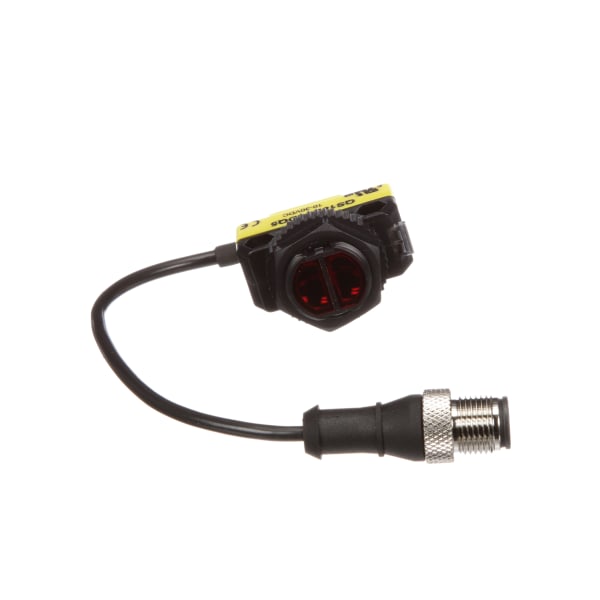
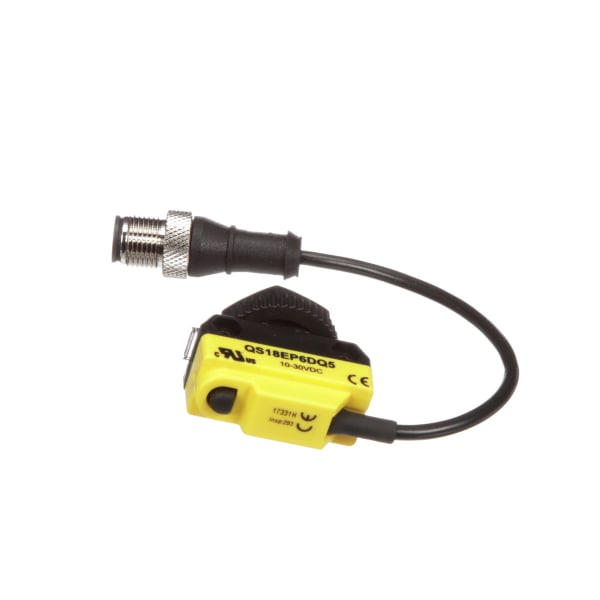
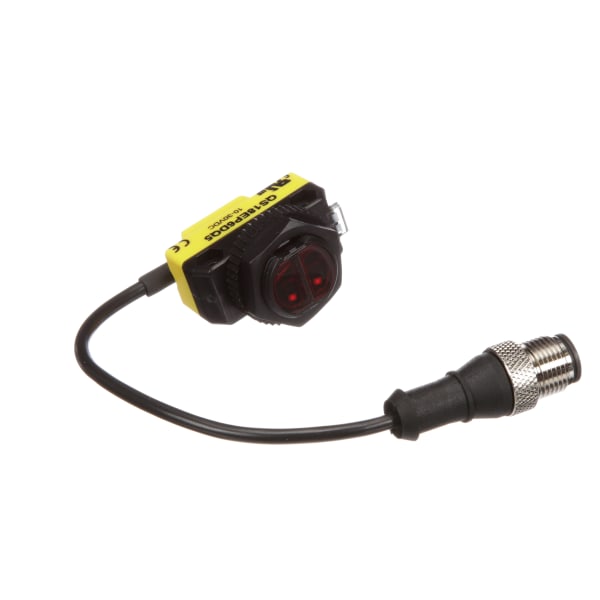
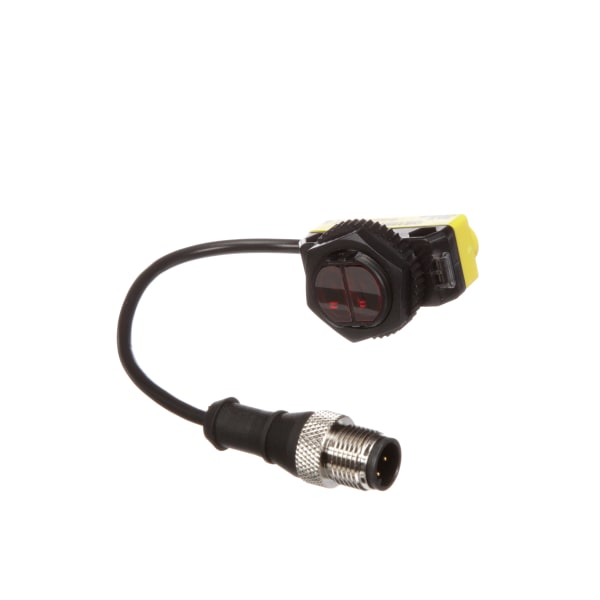
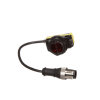






 Bulk pricing available
Bulk pricing available
